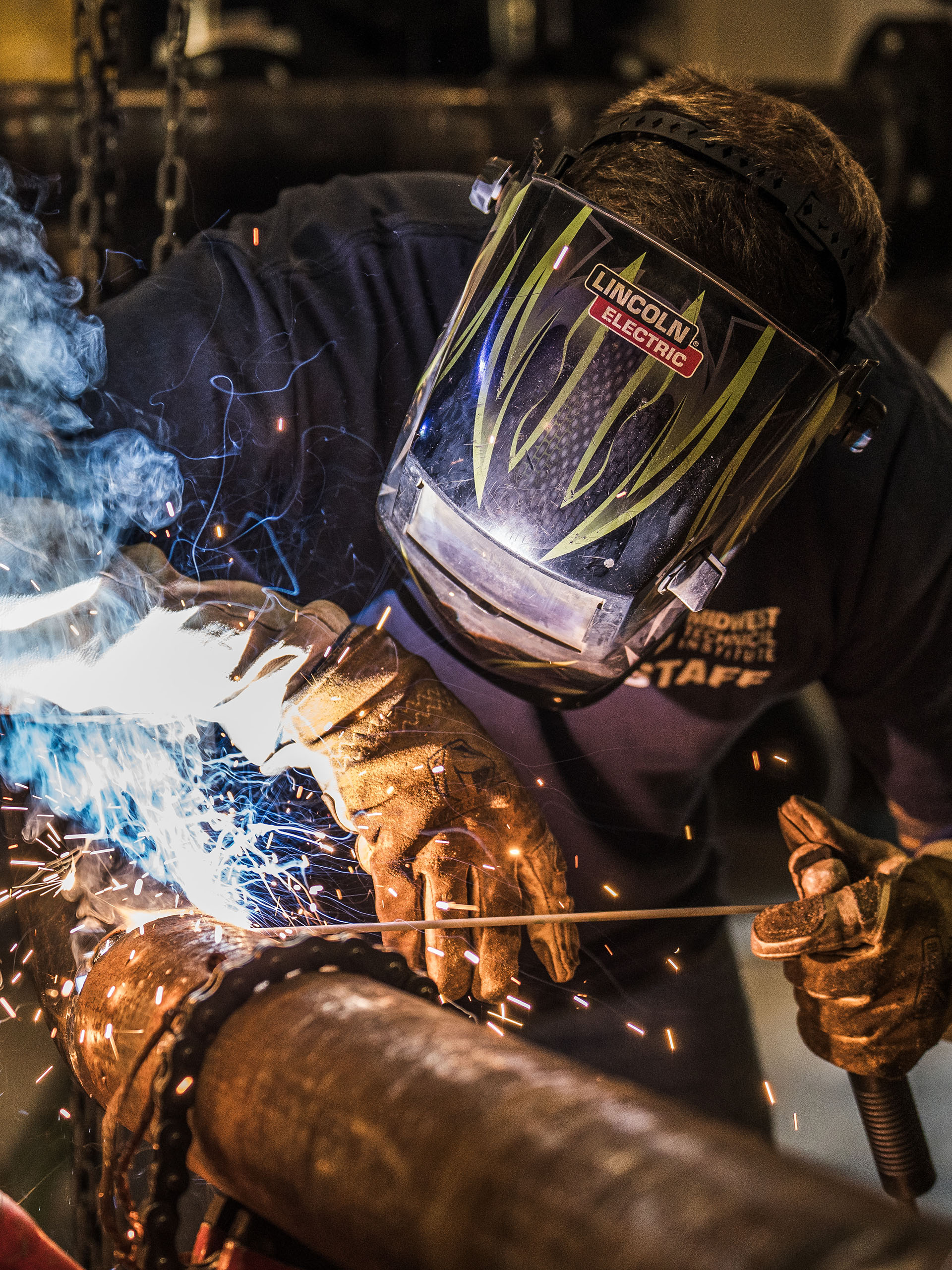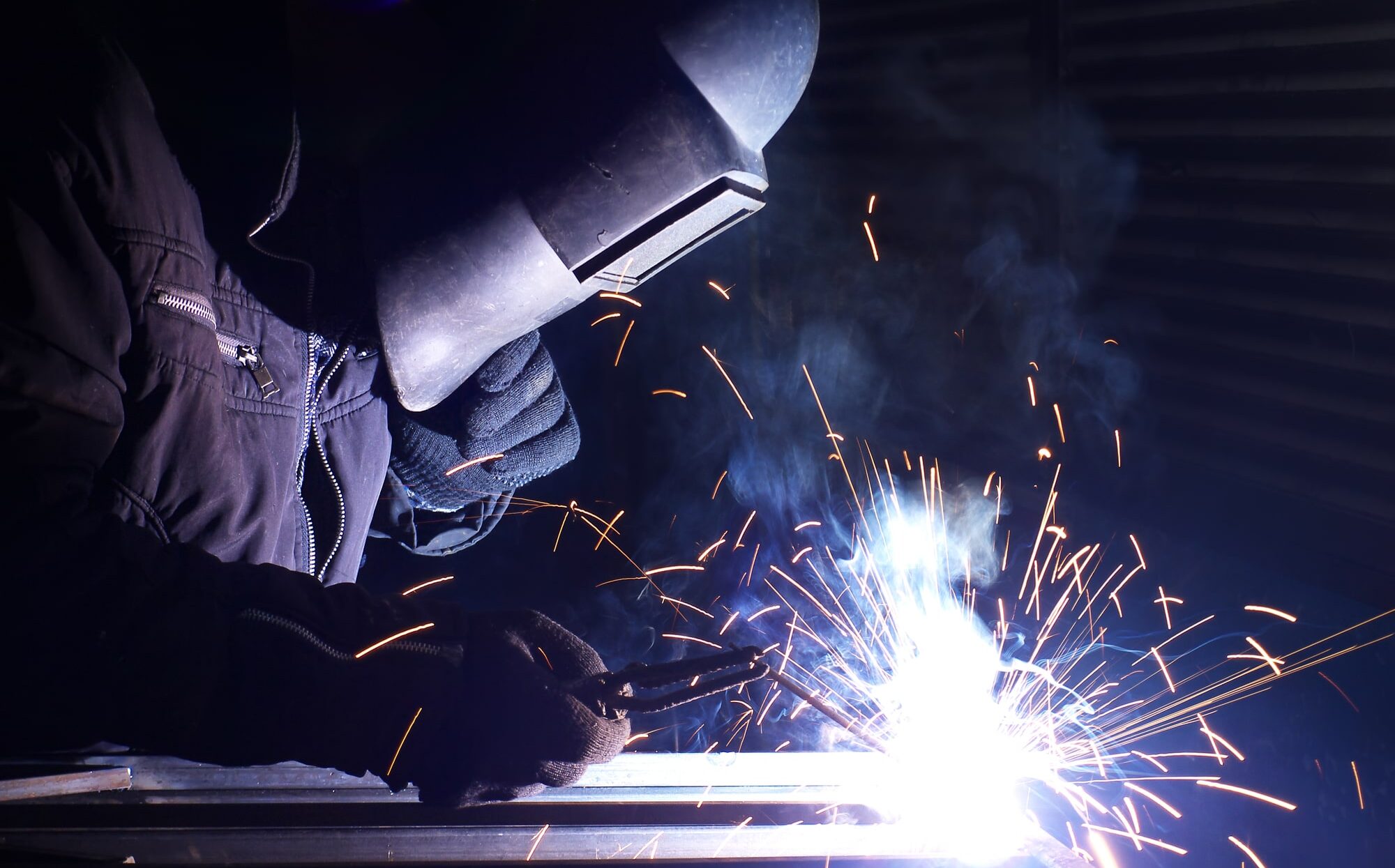Ways to minimize distortion in Montana Mobile Welding and Repair Welding projects
Everything about Welding: Trick Insights Into Techniques and Best Practices for Success
Welding encompasses a variety of strategies, each suited for specific materials and applications. Understanding these methods, such as GMAW, SMAW, and TIG, is crucial for accomplishing optimal results. Additionally, the appropriate devices and safety and security methods can not be overlooked. As preparation and repairing play crucial roles in the welding process, understanding these components can greatly improve the top quality of the last product. What are the vital aspects that guarantee an effective weld?
Understanding Various Welding Strategies
Welding methods incorporate a variety of methods, each matched to specific applications and materials. Amongst one of the most usual methods are Gas Metal Arc Welding (GMAW), Protected Steel Arc Welding (SMAW), and Tungsten Inert Gas Welding (TIG) GMAW, likewise referred to as MIG welding, is popular for its rate and flexibility, making it perfect for slim products. SMAW, or stick welding, is preferred for its simpleness and effectiveness in outdoor settings, specifically with thicker metals. TIG welding uses precision and control, making it suitable for detailed job and non-ferrous metals (Montana Mobile Welding and Repair Welding). Each method has its distinct benefits and considerations, enabling welders to choose the most effective technique based upon the task's demands, product kind, and preferred results. Comprehending these methods is necessary for effective welding
Important Welding Devices and Tools
While different welding strategies require certain skills, the best tools and devices are similarly crucial for attaining high quality outcomes. Crucial welding devices includes welding equipments, which differ depending on the method-- such as MIG, TIG, or stick welding. Protective gear, including helmets, handwear covers, and aprons, guarantees safety and security and convenience throughout the procedure. On top of that, clamps and fixtures help secure products in location, ensuring accuracy in welds. Consumables like welding rods, cord, and securing gas are likewise critical elements that influence the quality of the weld. Moreover, devices such as cutters and grinders facilitate surface prep work and post-weld ending up, contributing to a professional result. Buying top quality devices eventually enhances the effectiveness and effectiveness of welding jobs.
Security Practices in Welding
Correct security practices are essential in the welding sector to shield workers from potential threats. Welders should put on suitable personal safety equipment (PPE), consisting of helmets with appropriate shading, handwear covers, and flame-resistant garments. Sufficient air flow is vital to decrease direct exposure to dangerous fumes and gases generated throughout the welding procedure. Furthermore, workers must be learnt the right handling of welding devices to avoid accidents. Fire safety and security actions, such as keeping flammable products far from the welding area and having fire extinguishers easily offered, are essential. Regular assessments of devices and work areas can help recognize possible hazards before they cause mishaps. By sticking to these safety and security practices, welders can develop a much safer working setting and decrease risks linked with their profession.
Preparing Products for Welding
Preparing products for welding is an important action that considerably affects the quality and integrity of the end product (Montana Mobile Welding and Repair Fabrication). Correct prep work involves cleaning the surface areas to eliminate impurities such as dust, corrosion, and oil, which can endanger the weld. Techniques such as grinding, sanding, or utilizing solvents are commonly employed to attain a tidy surface. In addition, guaranteeing that the materials fit together snugly is important; voids can cause weak welds. It's additionally vital to consider the alignment and positioning of the components, as this will impact the convenience of welding and the final welding steel outcome. Finally, picking the proper filler product and making certain compatibility with the base steels is vital for achieving strong, resilient welds
Tips for Getting High-Quality Welds
Accomplishing high-grade welds needs focus to detail and adherence to finest practices throughout the welding process. Proper joint preparation is necessary, guaranteeing surface areas are cost-free and tidy from contaminants. Selecting the proper filler material and welding technique based on the base steels is crucial for excellent bonding. Keeping consistent travel speed and angle while welding can prevent flaws and advertise harmony. Furthermore, regulating warmth input is important; too much heat can result in warping and deteriorated joints. If needed, frequently inspecting the welds during the procedure permits for instant modifications. Finally, using appropriate post-weld therapies, such as cleaning and anxiety relief, can boost the longevity and honesty of the weld, inevitably making certain an effective outcome.
Fixing Common Welding Issues
Welding frequently presents obstacles that can impact the top quality and honesty of the end product. Usual issues such as porosity, inconsistent weld grains, and overheating can develop, each calling for certain repairing methods. Comprehending these problems is important for welders to improve their skills and attain optimal outcomes.
Porosity Issues Described
Porosity can typically be ignored, it remains an important concern in welding that can endanger the honesty of a finished product. Porosity refers to the presence of small gas pockets within the weld grain, which can lead and compromise the joint to premature failing. This trouble usually emerges from impurities, dampness, or improper protecting gas insurance coverage throughout the welding process. To mitigate porosity, welders ought to validate that the base materials are completely dry and tidy, utilize proper shielding gases, and maintain regular welding specifications. Frequently checking the tools and environment can also aid determine prospective problems before they manifest in the weld. Attending to porosity successfully is vital for accomplishing solid, long lasting welds that fulfill top quality requirements.

Irregular Weld Beads
Inconsistent weld beads can significantly impact the quality and stamina Get More Info of a completed item. Different aspects add to this concern, including improper travel rate, inaccurate amperage settings, and irregular electrode angles. When the welder relocates too quickly, a bead may show up slim and do not have penetration, while relocating too gradually can create extreme build-up. Furthermore, using the incorrect amperage can lead to either damaging or too much spatter, both of which compromise weld stability. The welder's method, such as inconsistent lantern activity, can likewise cause irregular bead look. To mitigate these issues, welders should concentrate on preserving constant, regulated motions and making certain appropriate equipment settings to attain harmony in their welds. Uniformity is essential to accomplishing trustworthy and solid welds.
Overheating and Warping Issues
Excessive heat throughout the welding procedure can bring about considerable overheating and contorting issues, impacting the structural integrity of the work surface. These problems usually show up as distortion, which can compromise positioning and fit-up, making additional setting up challenging. Elements contributing to overheating consist of the option of welding specifications, such as voltage and travel speed, as well as the type of product being welded. To mitigate these concerns, welders need to preserve constant traveling speed and appropriate warmth input while checking the work surface temperature. Furthermore, preheating or post-weld warm therapy can assist ease anxieties brought on by quick cooling - Montana Mobile Welding and Repair Belgrade. Regular inspection and adherence to ideal techniques are vital in protecting against getting too hot and making certain the durability and integrity of welded structures
Often Asked Concerns
What Are the Job Opportunities in the Welding Market?
The welding sector offers varied profession chances, consisting of placements as welders, engineers, educators, and inspectors. Specialists can work in production, construction, aerospace, and auto sectors, gaining from solid demand and competitive wages in different roles.
Exactly How Can I Improve My Welding Speed Without Compromising Quality?
To enhance welding rate without giving up quality, one should practice reliable strategies, keep tools, enhance setups, and boost hand-eye control. Routine training and seeking feedback can also wikipedia reference significantly add to attaining faster, top notch welds.
What Accreditations Are Readily Available for Welders?
Various qualifications exist for welders, including those from the American Welding Culture (AWS), the National Facility for Building Education and Research (NCCER), and numerous industry-specific companies. These qualifications boost employability and show skill efficiency.
How Does Welding Impact the Residences of Metals?
Welding affects the residential properties of steels by altering their microstructure, which can lead to adjustments in ductility, hardness, and stamina. Warmth input and cooling rates during the procedure considerably influence these product features.
Can I Weld Dissimilar Metals Together?
